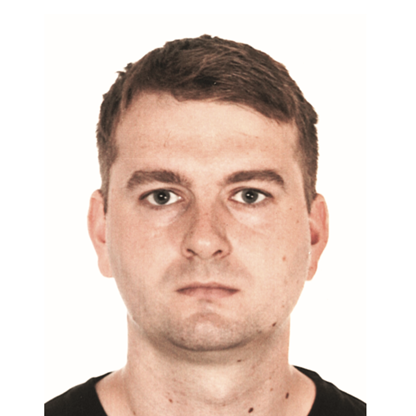Hi! I am a senior scientist at the Microsoft Mixed Reality & AI Lab Zurich, where I spend majority of my time by developing system for cloud-based localization and mapping from crowd-sourced data (Azure Spatial Anchors).
I believe in synergy between industry and academia and I have been actively developing collaboration with ETH Zurich and other research institutions. Some of the recent (public) outcomes include benchmarking localization and mapping for augmented reality (LaMAR), evaluation of robot task planning over large 3D scene graphs (Taskography), enabling cross-descriptor visual localization and mapping or revisiting camera pose estimation by learning to detect scene landmarks.
I did my PhD on semantic segmentation of large-scale 3D environments at the University of Oxford where I was co-advised by Phil Torr and Patrick Perez. I am always looking for interesting research collaborations and ideas, please get in touch and send me an email.
